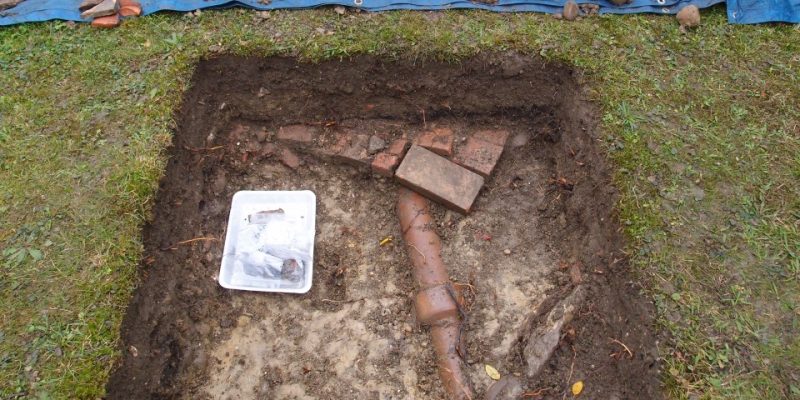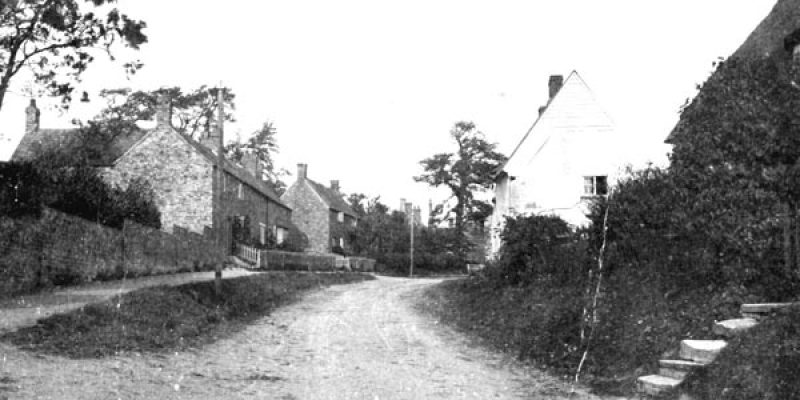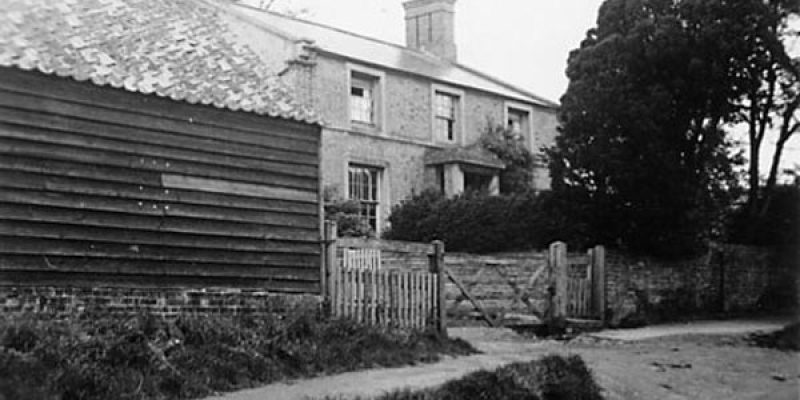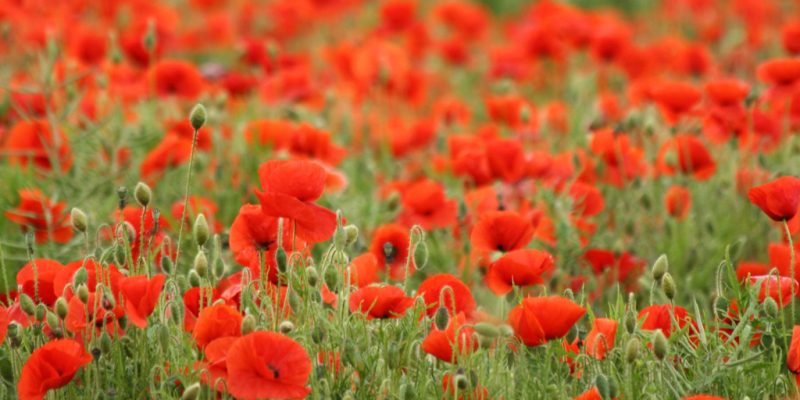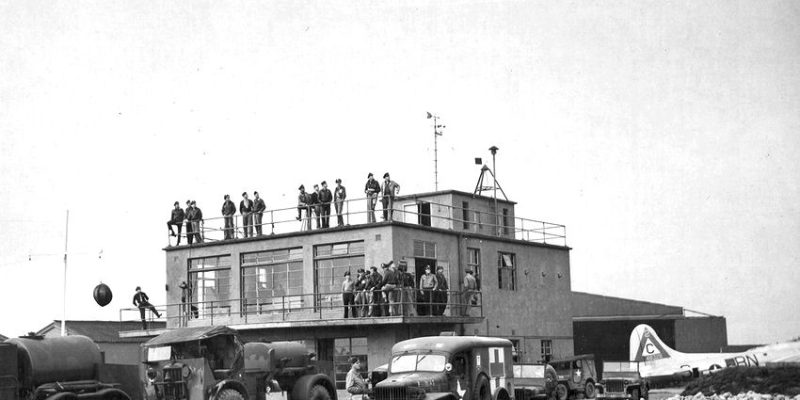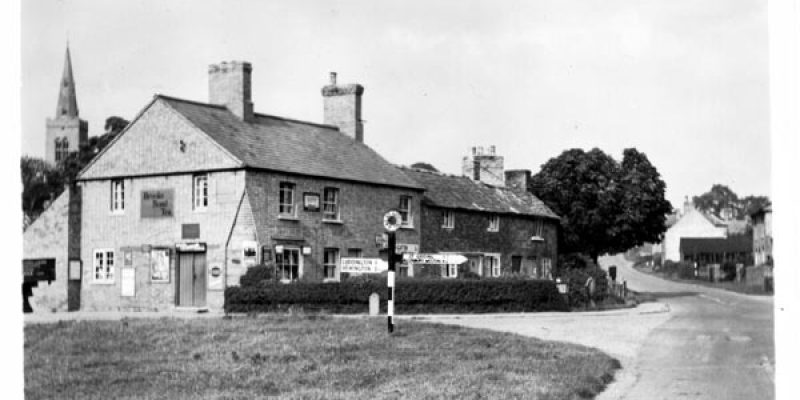Another very successful History Day was held at Great Gidding Village Hall on the 18th of October. Lots of visitors attended, some bringing information and others seeking it. The History team had prepared displays and information boards showing properties around the village both past and present. Questions
Read more →Great Gidding History Day This Saturday, new material,new maps, new documents. History Day Update History Day takes place between 11am and 5pm on Saturday 18th October, in the Village Hall. There will be a display of photographs and documents showing Who Lived Where, in addition we have
Read more →3 Years have passed since the last History day and more information and photographs have come to light Saturday 18th October, 11 AM to 5 PM at Great Gidding Village Hall Come and see who lived where and when Find out more about past residents of
Read more →Due to popular demand this fascinating book by Patrick Ellis & David Shepherd has been re-printed. Full of wonderful photos and facts of how the Giddings once were, the book contains 40 colour and 20 black/white modern photos and 80 black/white historical photos, plus 7 maps. A
Read more →The first Giddings event of Gala Week kicked off with a wonderful tour yesterday evening of Anglo Saxon Great Gidding, led by archaeology historian Josie Barnacle and ably aided by Patrick Ellis. Instead of peering over the gates, it was a delight to be able to walk
Read more →A new event for The Giddings! Following the weekend of the Eliot Festival at Little Gidding there will be a series of cultural and fun events held in and around the village. From Monday 8th July through to Sunday 14th July there will be poetry, arts, crafts, lunches, cultural visits and a couple of fun events to cater for all tastes.
Read more →There is to be a Living History event involving Ancient Britons and Romans at the Flag Fen archaeological site over the May Bank Holiday weekend 4th – 6th May. You can find out about the site by looking on this website: www.visitpeterborough.com There is an amazing reconstruction
Read more →The poppy has a long association with Remembrance Day. But how did the distinctive red flower become such a potent symbol of our remembrance of the sacrifices made in past wars?
Read more →One of our aircraft is missing…………… Local history researcher, Chris Hughes, will give a talk and slide show on RAF Molesworth, the WWII activities and stories of some of the planes that were stationed there, and bring us to date with the role of the Base in
Read more →General information about the Group: Meetings take place on the third Wednesday (September to April) and are very informal (no committee or agenda) and quite often we are just chatting about times past and memories, you don’t have to attend each one but would be really pleased
Read more →